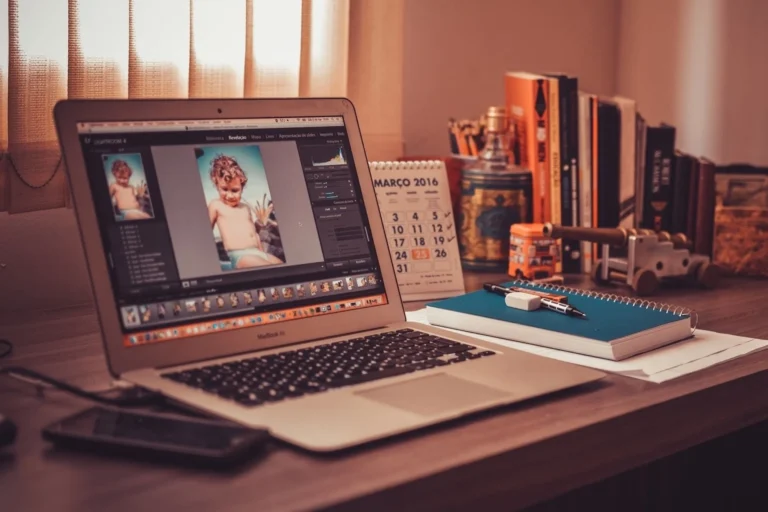In the ever-evolving digital landscape, design aesthetics shape how users feel, think, and behave. Among the boldest of these stylistic choices stand three distinct giants: Retro, Brutalist, and Neumorphic.
Each carries its own flair, mood, and philosophy. This article journeys through their origins, traits, and impact, without frills or filler. Let’s dig deep and transform your web design in Geelong.
Retro: Nostalgia Reimagined
Retro design clutches the past tightly. It channels the energy of previous decades. Think of grainy textures, vintage fonts, pixelated graphics, and psychedelic palettes. The retro web aesthetic doesn’t whisper. It shouts with memory and emotion.
Retro design emerged from a desire to blend familiarity with fun. It often mimics visuals from the 60s, 70s, 80s, or early 90s. To create it, designers often employ:
- Glitch effects
- VHS filters
- Cassette icons
- Arcade-style text.
These choices evoke an emotional response. Users feel transported and engage more deeply.
This aesthetic breaks the rules of modern sleekness. It replaces minimalism with maximalism. It replaces order with flair. Every page becomes a time machine and triggers a déjà vu.
Retro design works best for brands that celebrate the past—record shops, vintage clothing labels, etc. But retro is not about copy-paste. It is about remixing. Designers recreate classic elements using modern tools. They use responsive layouts, CSS animations, and SVG illustrations while staying true to the old-school vibe.
This blend of old and new creates visual chemistry for your web design in Geelong.
Brutalist: The Art of the Unpolished
Brutalist design wears a scowl. It rejects polish and prettiness. Where most websites aim to soothe, Brutalist sites aim to jolt. Inspired by the post-war architectural movement of the same name, digital Brutalism is harsh. It screams “function over form.”
- Thick borders.
- Monospaced fonts.
- Harsh gridlines.
- Awkward spacing.
All of these become deliberate features. Nothing tries to look friendly. Everything looks mechanical. Brutalist websites often feel unfinished. They celebrate rawness that commands attention.
This style flourished as a rebellion. As web design grew glossy and uniform, creatives pushed back. They craved honesty over perfection. Brutalism became a haven for artists, galleries, independent musicians, and underground media. It gave them a space to stand apart.
But Brutalism isn’t about being ugly. It is about being bold. It chooses discomfort to provoke. It leans into rigidity to challenge. It questions the very essence of usability. Designers use sharp contrasts, jarring motion, and hard edges to interrupt user flow. The experience becomes unforgettable.
Still, Brutalism walks a tightrope. Too much friction can make users leave. Too much grit can make accessibility suffer. That is why only the brave embrace this aesthetic. But when done right, Brutalist design becomes a manifesto. It communicates confidence. It exudes authenticity.
Neumorphic: The Future in Soft Focus
Neumorphism lives in shadows. It fuses skeuomorphism and flat design into a surreal hybrid. In this design, everything feels soft. Buttons don’t just float—they emerge. Cards sink into their background. Elements behave like clay, ready to be moulded.
This aesthetic thrives on subtleties.
- Light and shadow play the leading role.
- Smooth gradients, inner glows, and bevel effects create the illusion of depth.
- Interfaces become tactile.
Users feel like they can press, pull, and slide every component. The screen becomes a surface, not a void. Neumorphism rose to fame around 2020. It seduced designers with its dreamlike textures, looking futuristic and refined. But Neumorphism is not without flaws. Low contrast creates


